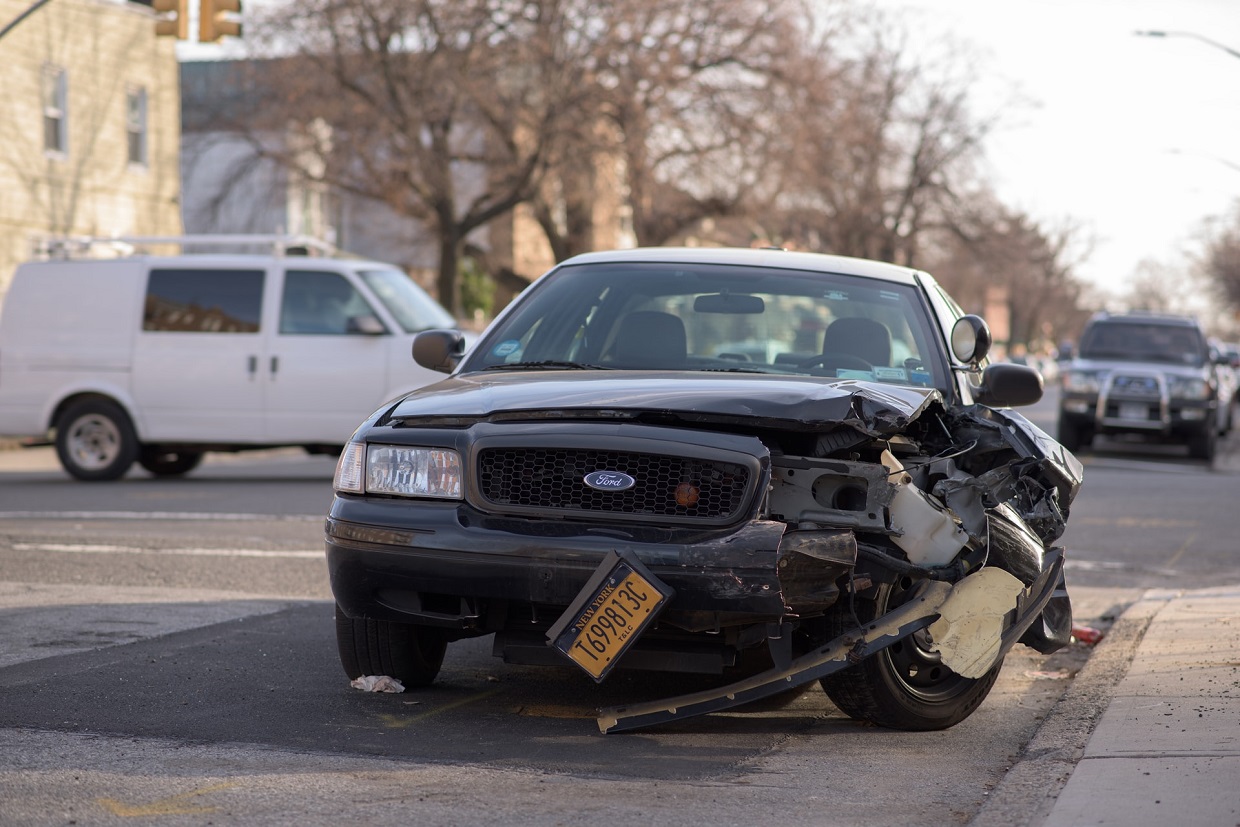
Most people, including most victims and attorneys, describe car crashes as car "accidents." Yes in most cases, the A-word is highly misleading. In fact, driver error causes over 90 percent of the car wrecks in New York. Because of this fact, many media outlets and other entities now limit their use of the A-word, especially if legal liability has been established.
Incidentally, there is often a difference between fault at the scene and liability for damages. Head-on wrecks are a good example. If John sees Mark cross the center line and John does nothing to avoid a crash, John could be legally responsible for damages, even though he did nothing wrong.
These damages usually include compensation for economic losses, such as medical bills, and noneconomic losses, such as pain and suffering. Since most impaired drivers know they shouldn't get behind the wheel and yet they do so anyway, a New York personal injury attorney might be able to obtain additional punitive damages as well, in some extreme cases.
The different types of impairment also involve different liability issues. Tortfeasors (negligent drivers) are always legally responsible for these damages. In many cases, third parties are financially responsible for them.
In the late 1980s, law enforcement officials at all levels began a sustained drunk driving crackdown. As late as the early 80s, DUI was, at most, a serious traffic ticket. Now, a DUI could cost as much as $20,000 or more, when considering direct and indirect costs. Nevertheless, alcohol is still a factor in about a third of the fatal wrecks in New York.
If emergency responders cite the tortfeasor for DUI or a related offense, the driver could be liable for damages as a matter of law, because of the negligence per se rule. This rule usually applies even if the tortfeasor "beats" the DUI in criminal court, perhaps because there isn't a credible witness who testifies that the defendant was driving the vehicle at the time.
Most people are intoxicated after they consume three or four drinks. But dangerous alcohol impairment begins with the first sip of alcohol, and worsens with each additional sip. Circumstantial evidence of alcohol impairment usually includes physical symptoms, such as:
The burden of proof in a civil claim is only a preponderance of the evidence (more likely than not). So, a little proof goes a long way.
This same circumstantial evidence could establish vicarious liability. Restaurants, bars, and other commercial alcohol providers in New York are liable for car crash damages if they knowingly sold alcohol to intoxicated people who subsequently cause wrecks.
Many New Yorkers are very conscientious when it comes to avoiding drunk driving. Yet they have no problem driving while they are dangerously fatigued. That's too bad, because alcohol and fatigue have the same effect on the body and brain. Driving after eighteen consecutive awake hours is like driving with a .05 BAC level.
Since drowsy driving isn't against the law, at least in most cases, the aforementioned negligence per se rule is usually unavailable in these situations. Instead, these victims must establish ordinary negligence, or a lack of care. Circumstantial evidence on this point includes:
That last bullet point is especially important. Most people are naturally drowsy at certain times of the day or night, no matter how much rest they had the night before.
Hand-held cell phones get most of the media attention when it comes to distracted driving. That's largely because these gadgets combine all three forms of distracted driving, which are:
New York has a very broad hands-free law. As a result, drivers who hold phones and cause wrecks could be responsible for damages as a matter of law.
Hands-free devices, which are legal in New York, aren't any safer. In fact, according to one study, driving while using a hands-free device is as bad as driving while intoxicated.
These devices are not the only cause of distracted driving. In fact, they aren't even the leading cause. Non-device distraction, such as eating and drinking while driving, causes many more wrecks than device distraction. These drivers know this behavior is dangerous. Yet they drive distracted anyway, thereby knowingly putting other people at risk.
Marijuana, which is legal for most purposes in New York, is the leading cause of drugged driving crashes in the Empire State. Like alcohol or prescription drugs, marijuana is legal to use for most purposes. But it's often illegal, and always dangerous, to drive under the influence of this drug.
Most of the same DUI and intoxication principles discussed above also apply to marijuana. However, the effect on the body is different. Most people are completely stoned after just one or two hits. So, driving while stoned is even riskier than driving while drunk.
In June 2021, a Canadian company received a U.S. patent for a marijuana Breathalyzer. So, it may not be long before law enforcement officers in New York can check for marijuana intoxication the same way that they check for alcohol intoxication. At that point, the number of DUI-marijuana cases could skyrocket.
Many New Yorkers have chronic medical conditions which make it impossible to safely operate a motor vehicle. Some examples include:
A current medical diagnosis of such an issue, when combined with erratic driving prior to the wreck or similar proof, practically establishes this type of impairment as a matter of law.
Medical doctors could be vicariously liable for these wrecks. Some doctors don't report these conditions to authorities, which means these people keep their drivers' licenses. Other doctors fail to properly monitor medication levels.
Impaired drivers often cause serious injuries. For a free consultation with an experienced personal injury attorney in New York, contact the Pianko Law Group, PLLC. Home, virtual, and hospital visits are available.